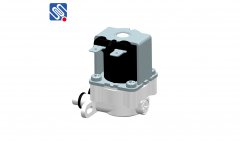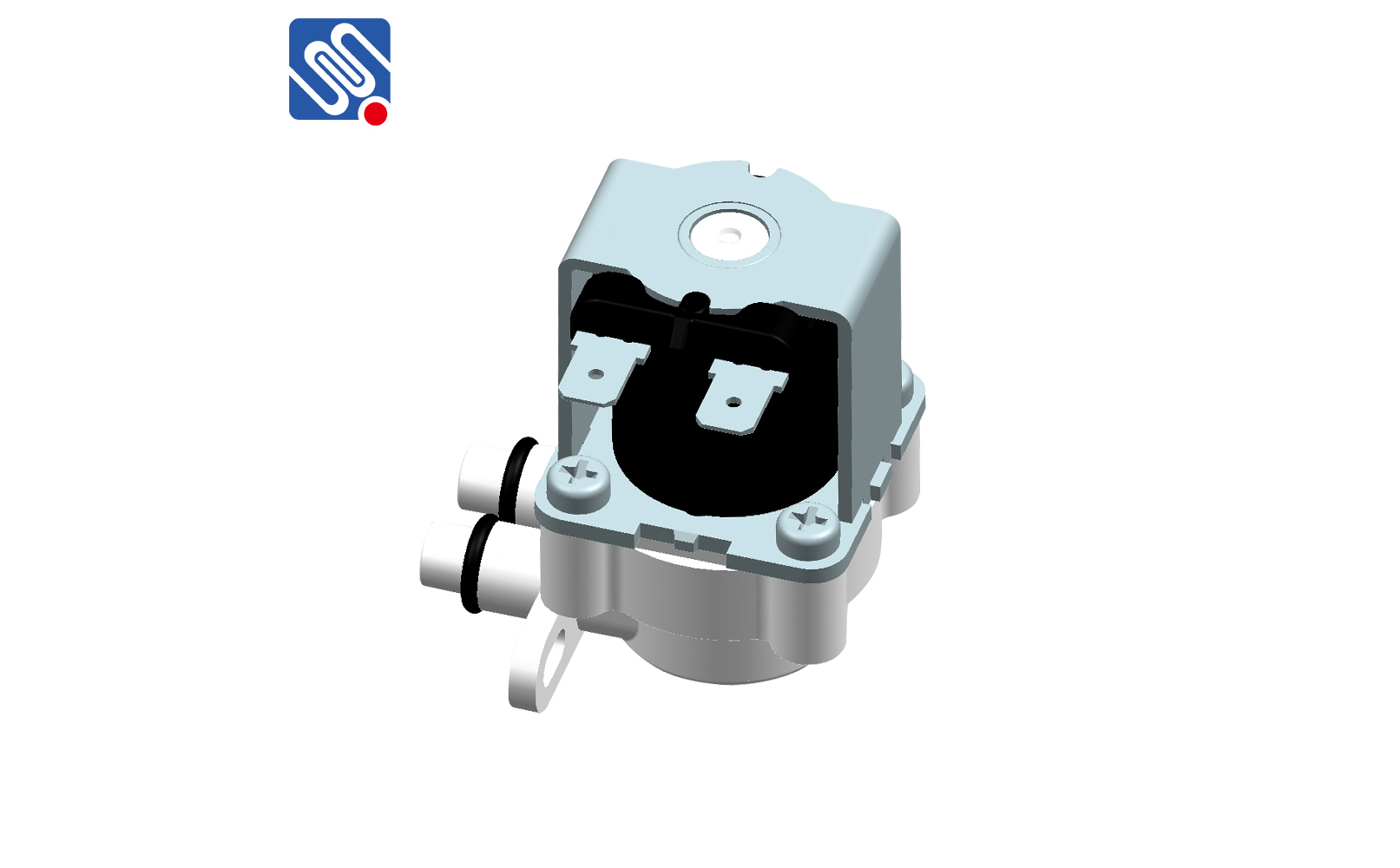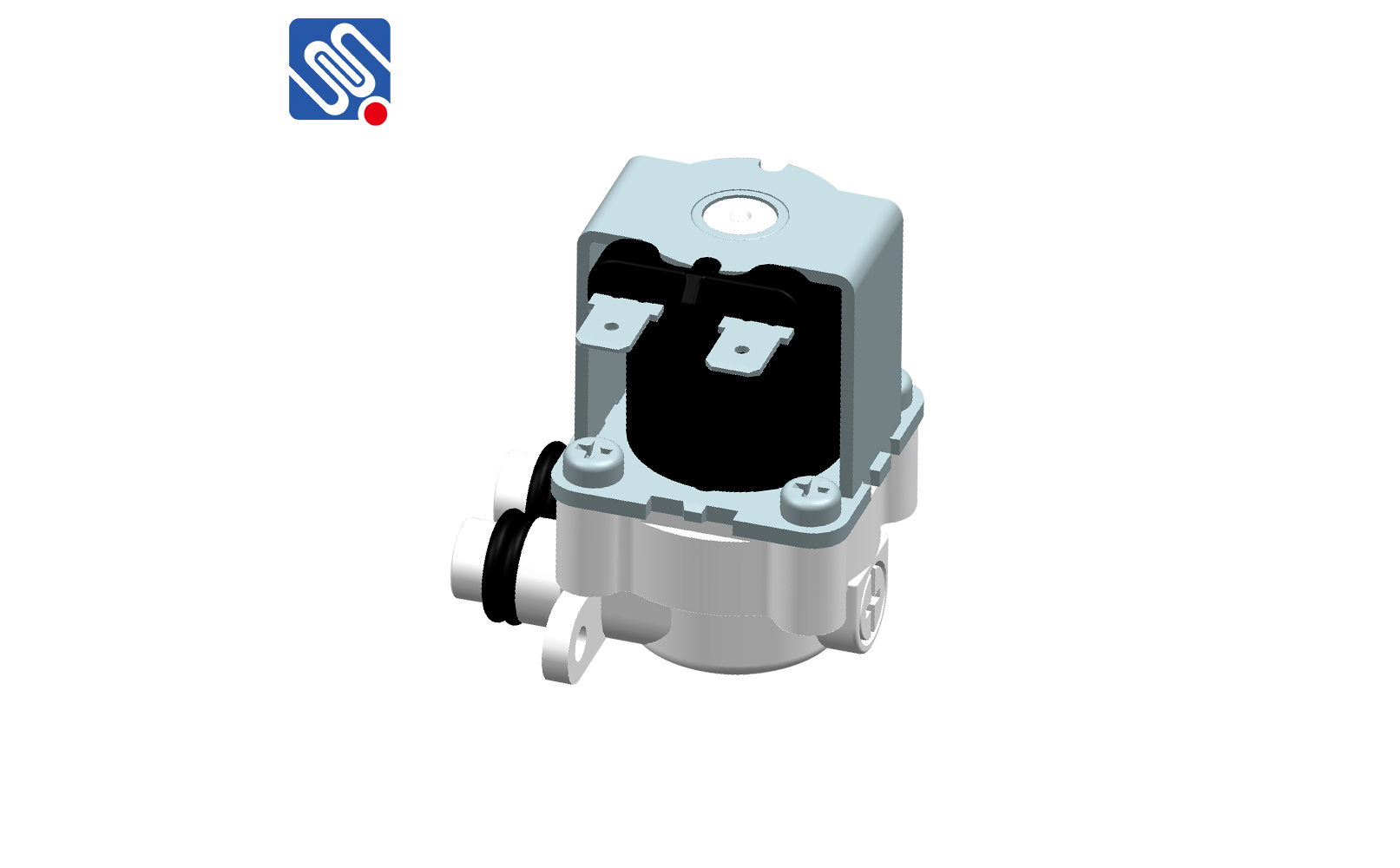The contact is the most important part of the relay. The working reliability of the contact is affected by the material of the contact, contact voltage and current (especially on and off voltage and current waveform), load type, on-off ratio, and environmental conditions . Contact voltage: inductive load will have a very high reverse voltage, the higher the voltage the greater the energy, accelerated contact corrosion, metal transfer, should be noted. Contact current: the current when the contact closes and opens has a great influence on the contact. When the load is the motor or headlamp, the impact current when closed, contact loss, the greater the amount of metal transfer, contact transfer will have a contact bonding failure, the confirmation test should be carried out. 1, the contact protection reverse voltage: disconnect the relay coil series circuit or motor, electromagnet and other inductive load must be used to absorb the surge in the diode to protect the contacts. Disconnect the inductive load, will produce hundreds to thousands of V reverse voltage, so that contact corrosion increased, life expectancy decreased. In addition, when the inductive load current is less than 1A, arc generated by the reverse voltage, the relay coil and the plastic volatile organic gas decomposition, in contact with the formation of black acid, carbide, resulting in poor contact. Contact metal transfer: contact metal transfer is the contact material under the action of direct current, the unidirectional contact material transfer, with the increase of the number of on-off, the anode contact pits, cathode contacts have raised, raised And pits are prone to mechanical self-locking caused by contact adhesion. Should be used to resist the transfer of contact material or protection circuit. Contact Protection Absorption Circuit: The use of contact protection components or protection circuit, can reduce the reverse voltage, but if not properly used but will have a negative effect.
Relay Contact The Use Of Precautions
The Latest News

Temperature Effect Relay
May 19, 2018
1) under high temperature conditions, the insulation material softens and melts; under low temperature conditions, the material cracks and the insulation resista

Title of Event Example
May 07, 2018
Lorem ipsum dolor sit amet, consectetur adipiscing elit sed do eiusmod tempor incididunt ut labore et dolore magna aliqua.





 selena
selena  Sales@msrelay.com
Sales@msrelay.com 13968707033
13968707033
 +86-577-62518811
+86-577-62518811





